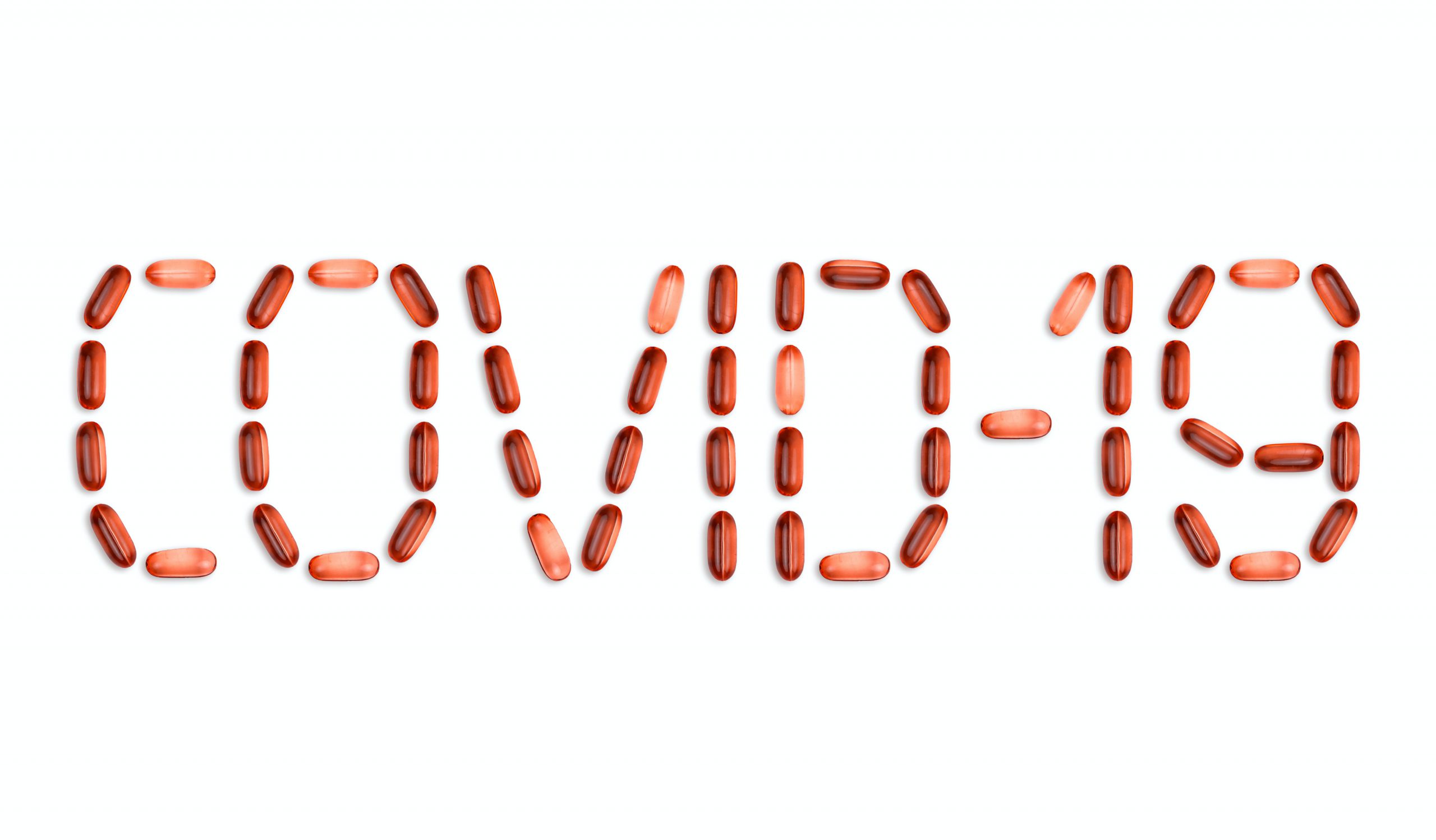A year has passed since the first recorded case of COVID-19 and the virus has shown no signs of stopping. As thousands and thousands of more Americans are infected every day, the only hope that lies in sight is a vaccine. Luckily, pharmaceutical giants Pfizer and Moderna have reported high effectiveness in their prospective vaccines — both above 90%. Both are expected to seek approval from the FDA quite soon.
A light at the end of the path
Secretary of Health and Human Services Alex Azar announced to healthcare news outlets that a vaccine could come into distribution as early as the end of December. Warp Speed, a government initiative founded to fund COVID-19 vaccine research, even announced a process for the distribution after the FDA emergency use authorization is fulfilled.
According to the Chief Operating Officer of warp speed, distribution of the vaccine is set to occur “…24 hours after [the] vaccine is approved.”
How the distribution will be planned
Warp Speed is working with 64 jurisdictions that include regions and cities that will receive allocated amounts of the vaccine, which will depend on population. Over six vaccine candidates are up for possible distribution pending approval, funded in part by this initiative.
The federal government has worked with these jurisdictions, opening up applications so that providers can determine early on whether or not they qualify. Data use agreements are also being ironed out with various states so that accurate health reports can be made on a national scale.
The challenges of the vaccines
Many healthcare news outlets have reported on several challenges to both vaccines. For example, they both require two doses a month apart to ensure effectiveness. Pfizer’s vaccine also needs to be stored at a negative 94 degrees Fahrenheit. While it can be thawed from ultra-cold storage, it must be administered within five days or it will expire.
Moderna’s vaccine, on the other hand, can be stored at a negative 4 degrees Fahrenheit — something most refrigerators and freezers are capable of. It is also capable of lasting 30 days in such storage.
That being said, officials with Warp Speed and Pfizer have reassured the public not to worry about the refrigeration concerns. Pfizer even recommended the use of dry ice to keep the vaccines at the right temperature. The drugmaker also stated that it can produce up to 50 million vaccines by the end of 2020, and 1.3 billion doses next year.
Moderna has yet to make a statement about their distribution capacity, but many are theorizing that it is likely to see greater national and international distribution because of its ease of storage. Not only that, but it has reported nearly 95% effectiveness, as opposed to Pfizer’s 90%.
Final thoughts
Not just in America have people suffered the weight of this pandemic. Outside of health, life has become difficult because of the economic fallout from this disease. Now, at least, the healthcare news reports are getting better as the end of all this is finally near.
If you’re looking for more healthcare news about COVID-19, send us at Dose of Healthcare a message. We can help you keep updated on everything in the healthcare industry.


















